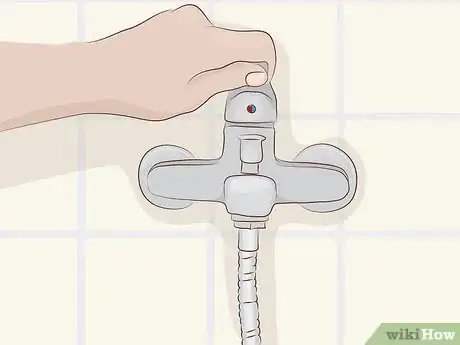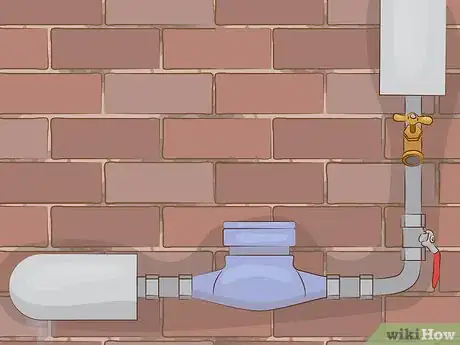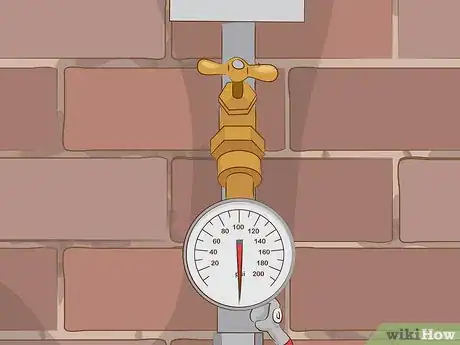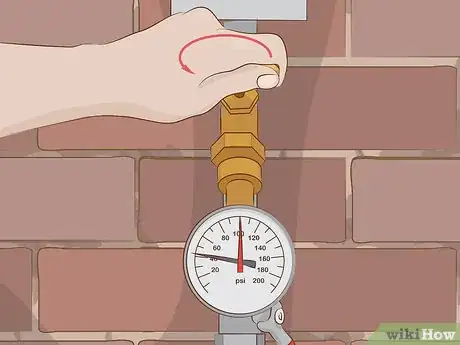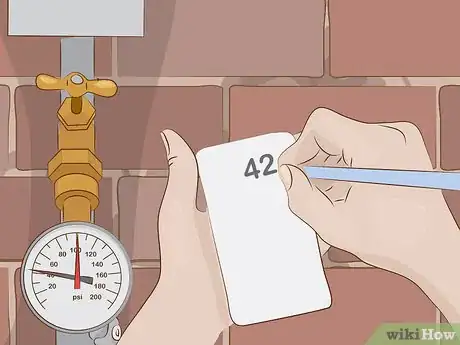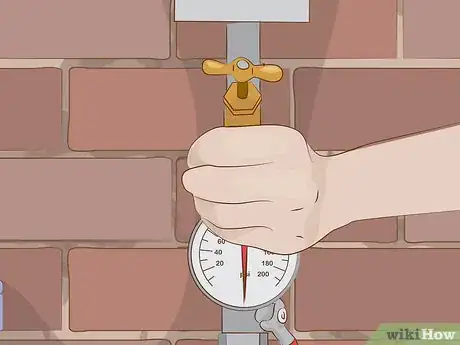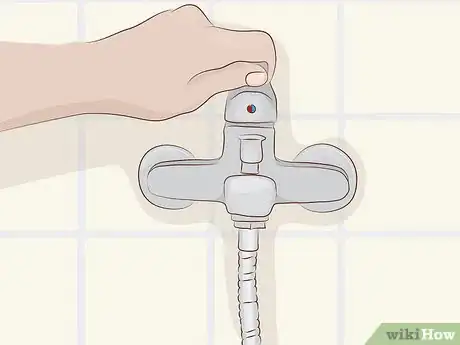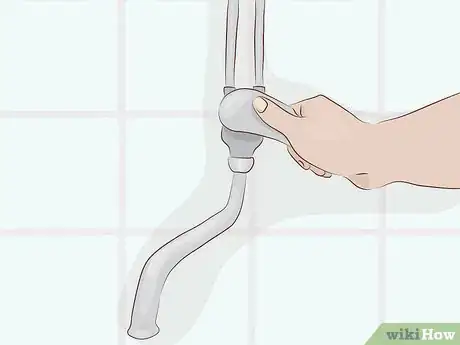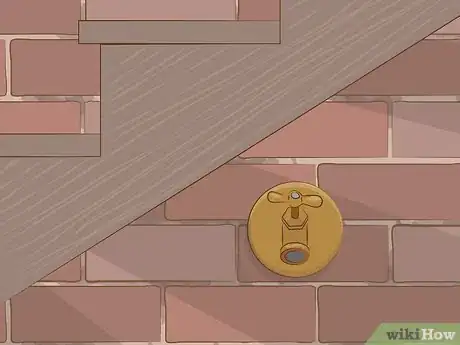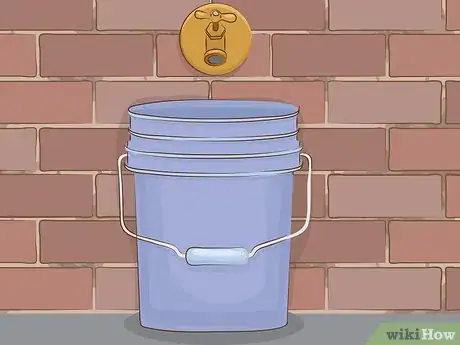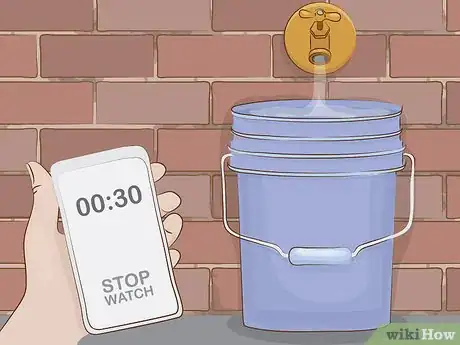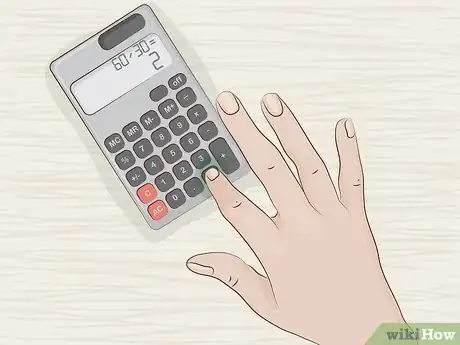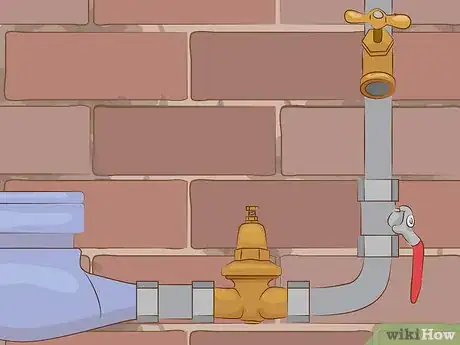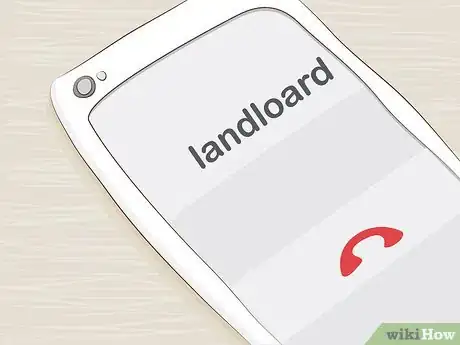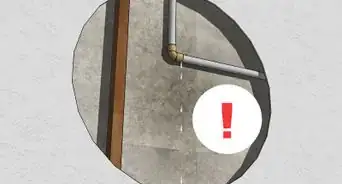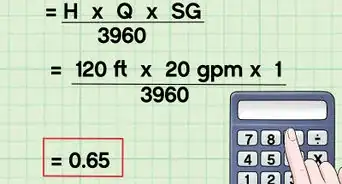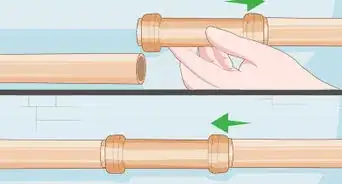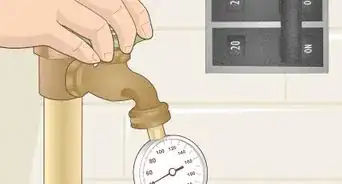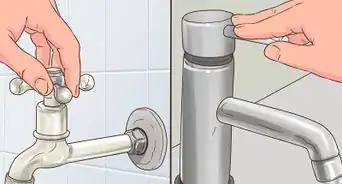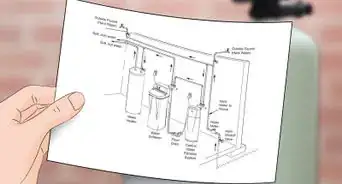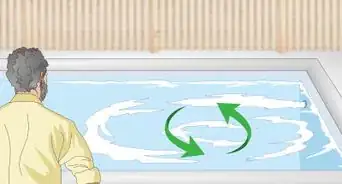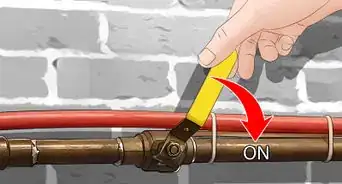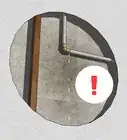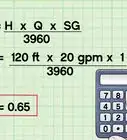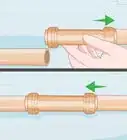This article was co-authored by David Balkan. David Balkan is a Professional Plumber, CEO of Balkan Sewer and Water Main Service, and President of Balkan Sewer and Drain Cleaning. As a hands-on owner of these companies for over 40 years, David is knowledgeable about water service lines, sewers, and drain line issues. David is a Committee Chairman of the Master Plumbers Council and has sat on the Executive Committee of the Sub Surface Plumbers Association of New York for over 30 years. His knowledge and solution-oriented approach contributed to Balkan Sewer and Water Main Service being the largest and most trusted service in New York City and the recipient of the 2017 Angie’s List Super Service Award.
There are 7 references cited in this article, which can be found at the bottom of the page.
This article has been viewed 112,757 times.
Water pressure dictates how forcefully water flows out of your faucets. Lower than average pressure reduces the flow of water in your shower, faucets, and water-based appliances, and higher than average pressure can damage your pipes. If you need to get an exact reading of your water pressure, you can do so fairly easily with a pressure gauge. If you don't have a gauge, you can calculate the approximate water flow by filling up a bucket. Both methods can help you determine whether your water pressure is too high or too low.
Steps
Using a Pressure Gauge
-
1Turn off all running water in your house. If you keep a faucet or shower running while you measure your water pressure, it will give you a false reading. Make sure that there are no running faucets, toilets, or showers while you measure water pressure.
- Tell people that you're living with to refrain from using water while you test the pressure.
-
2Locate the main water supply. The main water supply is a metal or plastic pipe that pumps water into the house. There should be a large water meter attached to it that measures the amount of water that you use. The main water supply can usually be found in the garage, basement, or near your hot water heater.[1]
- In warmer climates, the main water supply is sometimes located on the exterior of the house. Look for a pipe that goes from the ground to a spigot and then into the house. It may also be in a covered box near the street.
- If you have a home with a basement or crawlspace, the main water supply can usually be found inside on the front facing wall of the house.
Advertisement -
3Attach a pressure gauge to the spigot near the main water supply. Once you locate the main water supply, there should be a threaded spigot that runs off the main pipe. This spigot has a valve or a lever next to it. Screw the end of the pressure gauge to the threaded side by fitting it over the threads and turning it in a clockwise motion.
- Take readings from the closest water spigot, the furthest spigot, and from a washing machine connection. If there are major differences, it could indicate a leak or other plumbing problem.
- You can purchase a water pressure gauge at home improvement stores or online. Make sure it has a female garden hose connector.
- If you are testing the pressure for an irrigation system, attach the gauge to the spigot that feeds into the irrigation system.
-
4Twist the valve next to the spigot counterclockwise. This will allow water to flow through the spigot and will give you a reading on your pressure gauge.[2]
-
5Read the measurement on the gauge. The needle on the gauge should move to a number that represents your water pressure in pounds per square inch or PSI. Write this number down on a piece of paper.[3]
-
6Unscrew the gauge after you get your reading. Once you take the reading, turn off the valve and unscrew the gauge. Make sure that the spigot is off when unscrewing the gauge or else water will come pouring out of it.[4]
- The average house should have around 40 to 70 psi. If the pressure is much higher or lower than that, you know that you have a problem.
- You can do more than one reading to make sure that the water pressure is what it's supposed to be.
-
7Attach the pressure gauge to a faucet on the first floor instead. If you can’t find your main water supply, you can also test the pressure on a different faucet or spigot. Attach the gauge to a faucet on the first floor of the house.[5]
- Pressure is reduced as it travels through your pipes and the reading will be less accurate than if you tested the spigot that's closest to your main water supply.
Approximating Flow Rate with a Bucket
-
1Turn off all faucets in your house. If you have multiple faucets, spigots, or appliances running while you test the flow rate, it will give you an inaccurate reading. Make sure all water-fed appliances and faucets are in the off position while you measure the water flow.
- Water-fed appliances include the dishwasher and laundry machine.
-
2Find a spigot or faucet on the bottom floor or basement. These locations will give you the most accurate reading because it's closest to your main water supply. Water loses pressure as it travels through pipes and the water supply is usually located in the basement or bottom floor.[6]
- Use a bathtub faucet or a spigot near the main water feed since other fixtures may have factory restrictions.
-
3Place a 1 gallon (3.8 L) bucket under the faucet. Use a bucket that's exactly 1 gallon (3.8 L). You are finding gallons or liters per minute, and the size of the bucket needs to be exact.[7]
-
4Fill the bucket and time it. Turn on the spigot or faucet and use a watch or timer and count how many seconds it takes to fill up the bucket completely. Once you get the time, mark it down on a piece of paper.[8]
- The main water supply can usually be found in your basement, crawlspace, or next to your water heater.
- Sometimes the main water supply will be connected to the outside of your house or located in a covered box near the sidewalk.
-
5Divide 60 by the number of seconds it took to fill up the bucket. Dividing 60 by the number of seconds it took to fill up your bucket will give you your house’s gallons (liters) per minute or GPM (LPM). Most residential houses should maintain a flow of 6 gallons (23 L) per minute. This will allow larger appliances, like a washer machine or shower, to operate at a normal water pressure.[9]
- For instance, if it took 30 seconds to fill up the bucket you'd calculate 60/30 = 2 gallons per minute.
-
6Install a water pressure regulator for pressure over 6 GPM. If your flow rate is higher than 6 GPM, it may mean that your water pressure is too high. Hire a plumber or handyman to install a water pressure regulator to your main water supply to regulate the flow of water.[10]
- If your water pressure is too high, water may shoot out of the sides and crevices in your pipes or spigots and could cause premature failure in your faucets and appliances.
-
7Call your landlord or water company for pressure lower than 6 GPM. If you have under 6 GPM it means that you may have low water pressure. Low pressure can be caused by blocked pipes, leaking pipes, or a water supply malfunction.[11]
- A water booster can also sometimes be installed into to increase water pressure.
Things You'll Need
- Water pressure gauge
- Bucket
References
- ↑ https://www.youtube.com/watch?v=RvE6n7rTGnM&feature=youtu.be&t=1m2s
- ↑ https://support.nebia.com/hc/en-us/articles/115001247108-How-can-I-measure-my-water-pressure-
- ↑ https://support.nebia.com/hc/en-us/articles/115001247108-How-can-I-measure-my-water-pressure-
- ↑ https://support.nebia.com/hc/en-us/articles/115001247108-How-can-I-measure-my-water-pressure-
- ↑ https://www.irrigationtutorials.com/gpm-psi-municipal-water-source/
- ↑ https://www.affinitywater.co.uk/water-pressure-low-pressure.aspx
- ↑ https://www.affinitywater.co.uk/water-pressure-low-pressure.aspx
- ↑ https://www.affinitywater.co.uk/water-pressure-low-pressure.aspx
- ↑ https://extension.psu.edu/water-system-planning-estimating-water-needs
About This Article
How forcefully water flows out of the faucets in your home is determined by the water pressure, and you can measure this using a bucket. First, turn off all faucets and water-fed appliances in your home so you get an accurate reading. Then, find the faucet closest to the bottom floor of your home, as this is closest to the main water supply. Place a 1 gallon bucket underneath the faucet and turn it on. Time how long it takes to fill up the bucket completely with water and then turn the faucet off. To calculate your house’s gallons per minute, divide 60 by the number of seconds it took to fill up the bucket. For more information on measuring water pressure, like how to use a pressure gauge, read on!
